WASHINGTON – Proving prehistoric man’s ingenuity and ability to withstand and inflict excruciating pain, researchers have found that dental drilling dates back 9,000 years.
Primitive dentists drilled nearly perfect holes into live but undoubtedly unhappy patients between 5500 B.C. and 7000 B.C., an article in Thursday’s journal Nature reports. Researchers carbon-dated at least nine skulls with 11 drill holes found in a Pakistan graveyard. (9000 yrs back Pakistan was not in existence. It is symbol of great Hindu culture. – Pravakta)
That means dentistry is at least 4,000 years older than first thought � and far older than the useful invention of anesthesia.
This was no mere tooth tinkering. The drilled teeth found in the graveyard were hard-to-reach molars. And in at least one instance, the ancient dentist managed to drill a hole in the inside back end of a tooth, boring out toward the front of the mouth.
The holes went as deep as one-seventh of an inch (3.5 millimeters).
"The holes were so perfect, so nice," said study co-author David Frayer, an anthropology professor at the University of Kansas. "I showed the pictures to my dentist and he thought they were amazing holes."
How it was done is painful just to think about. Researchers figured that a small bow was used to drive the flint drill tips into patients’ teeth. Flint drill heads were found on site. So study lead author Roberto Macchiarelli, an anthropology professor at the University of Poitiers, France, and colleagues simulated the technique and drilled through human (but no longer attached) teeth in less than a minute.
"Definitely it had to be painful for the patient," Macchiarelli said.
Researchers were impressed by how advanced the society was in Pakistan’s Baluchistan province. The drilling occurred on ordinary men and women.
The dentistry, probably evolved from intricate ornamental bead drilling that was also done by the society there, went on for about 1,500 years until about 5500 B.C., Macchiarelli said. After that, there were no signs of drilling.
Macchiarelli and Frayer said the drilling was likely done to reduce the pain of cavities.
Macchiarelli pointed to one unfortunate patient who had a tooth drilled twice. Another patient had three teeth drilled. Four drilled teeth showed signs of cavities. No sign of fillings were found, but there could have been an asphalt-like substance inside, he said.
Dr. Richard Glenner, a Chicago dentist and author of dental history books, wouldn’t bite on the idea that this was good dentistry. The drilling could have been decorative or to release "evil spirits" more than fighting tooth decay, he said, adding, "Why did they do it? No one will ever know."
Macchiarelli said the hard-to-see locations of the drilled teeth in jaws seem to rule out drilling for decorative purposes. Frayer said the prehistoric drillers’ skill is something modern-day patients can use to lord over their dentists.
"This may be something to tell your dentist: If these people 9,000 years ago could make a hole this perfect in less than a minute," Frayer said, "what are they doing?"

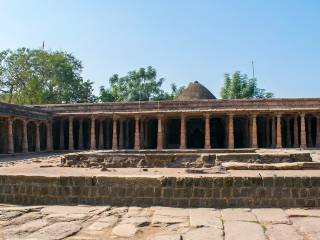 Madhya Pradesh: ASI survey of Bhojshala complex in Dhar to start on March 22
Madhya Pradesh: ASI survey of Bhojshala complex in Dhar to start on March 22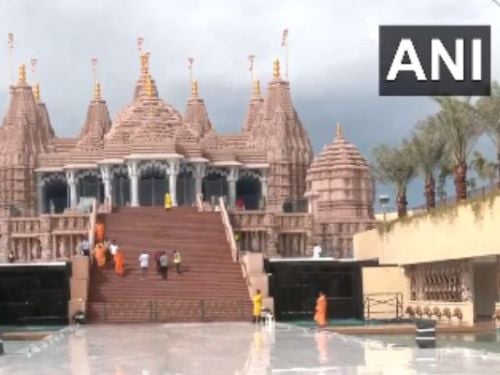 PM Modi to inaugurate the first traditional Hindu Mandir in Abu Dhabi
PM Modi to inaugurate the first traditional Hindu Mandir in Abu Dhabi Tirupati Devasthanams to establish platform for non-Hindus to adopt Sanatan Dharma
Tirupati Devasthanams to establish platform for non-Hindus to adopt Sanatan Dharma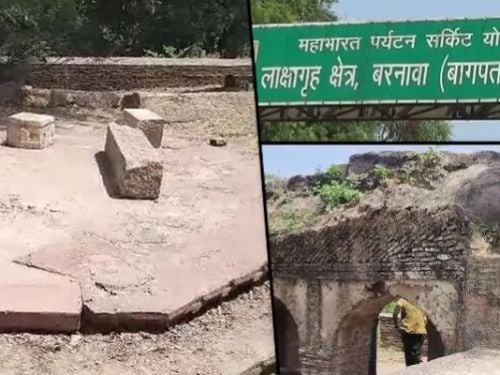 Baghpat court gives ownership rights of Mahabharata era Lakshagriha to Hindu side
Baghpat court gives ownership rights of Mahabharata era Lakshagriha to Hindu side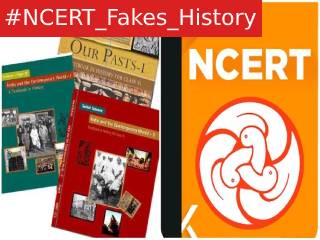 Misleading claims about Brahmins removed in rationalised NCERT textbooks
Misleading claims about Brahmins removed in rationalised NCERT textbooks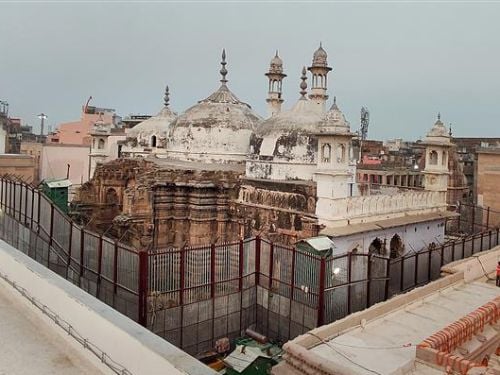 Big victory to Hindus as court allows puja in Vyas Ji Ka Tehkhana at Gyanvapi complex
Big victory to Hindus as court allows puja in Vyas Ji Ka Tehkhana at Gyanvapi complex